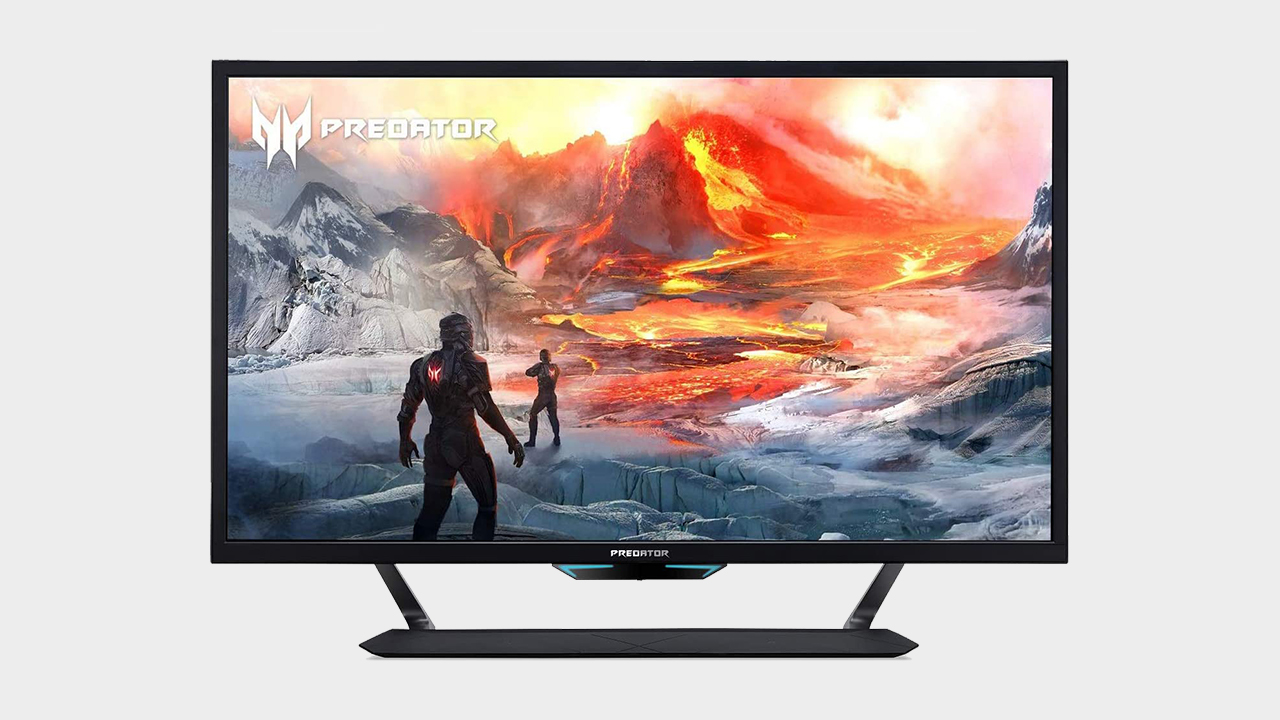Our Verdict
Acer's large-format display has excellent picture quality and makes a great gaming monitor, but lacks the features to make it a great TV.
For
- Great Color and Contrast
- Low input lag
- HDR1000 Support
- G-Sync Ultimate Support
Against
- HDR is finicky
- Ridiculous DIY RGB Lighting
- Limited Audio Options
PC Gamer's got your back
We’ve seen ridiculously expensive attempts at large-format gaming displays before, TVs in disguise as if they were Decepticons trying to take over homes. These hybrid displays try to give you the best of both worlds. The performance and features of a gaming monitor, but at living room TV sizes. To say these monitors are expensive would be an understatement. Last year, we looked at HP’s massive living room TV, the Omen X, which retails for $5000, that gave us a preview of the future of living room PC gaming. Now we see similar displays hitting the market at a fraction of the price and size. The Predator CG7 is Acer’s shot at taking over the living room. Since Acer makes some of the best gaming monitors out there, I’m interested to see what they bring to the hybrid display scene.
Panel Size: 43-inch
Native Resolution: 3840x2160
Panel Type: VA
Maximum Refresh: 120Hz (144Hz overclocked)
Response: 1ms
Contrast: 4000 :1
HDR: VESA DisplayHDR 1000
Adaptive Sync: G-Sync
Display Inputs: 3 x HDMI 2.0, 2 x DisplayPort, 1 x USB Type-C (USB 3.1/USB 3.2 Gen 1), 2 USB Type-A (USB 2.0), 2 x USB Type-A (USB 3.1 / USB 3.2)
VESA Mount: 100x100mm
Warranty: 3 years
Weight: 52.5 lbs
Price: $1,500
The CG7 sports a G-Sync compatible 43-inch 4K VA panel with a 120Hz (or 144Hz with two Display Port connections) refresh rate and 1ms response time. Last, and possibly least, it also sports high dynamic range support with the VESA DisplayHDR 1000 certification. That last may seem like overkill for a gaming monitor, but again the CG7 is meant for gaming and enjoying 4K HDR content from the comfort of anywhere you can fit it. The result is a monitor/TV with excellent contrast and vivid colors.
Speaking of overkill, if you have aspirations to use this monitor to its full potential, you will need a beefy PC capable of running games at 4K at high framerates. My rig has an Intel Core i7-9700K, 16GB of RAM, and an RTX 2070 Super, which means I'm able to dip my toes in the 4K gaming pond. But for the most part, 1440p is where I live. 4K ready-consoles like the PS4 Pro and Xbox One X, or 4K streaming devices like a Roku, benefit the most from everything the CG7 has to offer, but even at 1440p, the 120-144Hz panel hits my sweet spot when it comes to performance.
At 43 inches, the CG7 is arguably too big to live on a desk as an everyday gaming monitor; it's meant to replace a TV or a large format monitor for working. I would strongly recommend against sitting this close to a monitor this big but for the sake of this review, I decided to see what it would be like to have it replace my 27-inch 4K monitor for a couple of weeks with this supersized monitor.
Mounting on your wall via VESA mounts seems like a practical (and cool looking) route if you need to find a place to put this thing. For work, I love having a huge display (my giant 49-inch curved monitor at my desk in the office would tell you that) since I'm notorious for having half a dozen windows open, filling every inch of my screen real estate with Jorge-related nonsense.
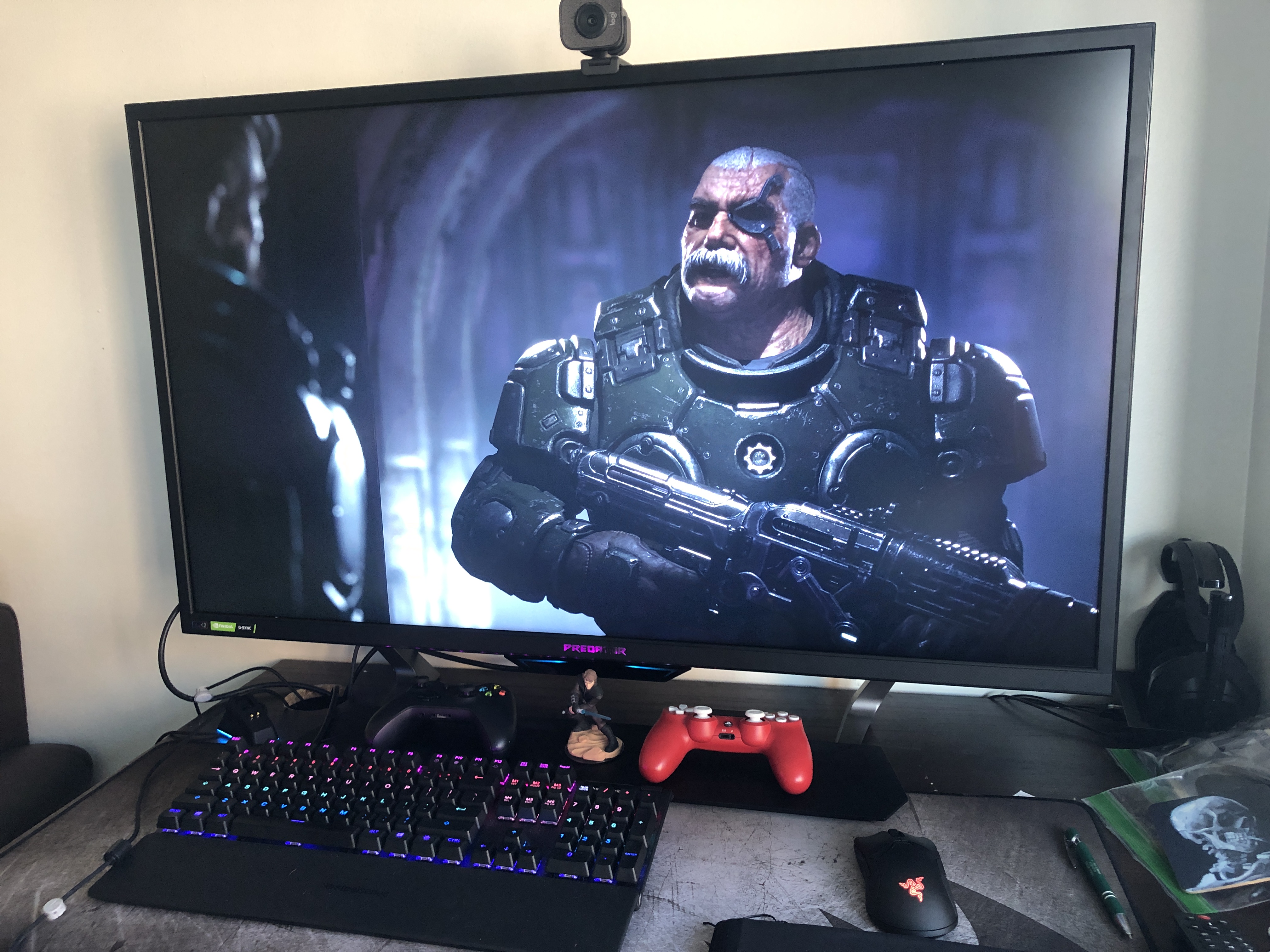
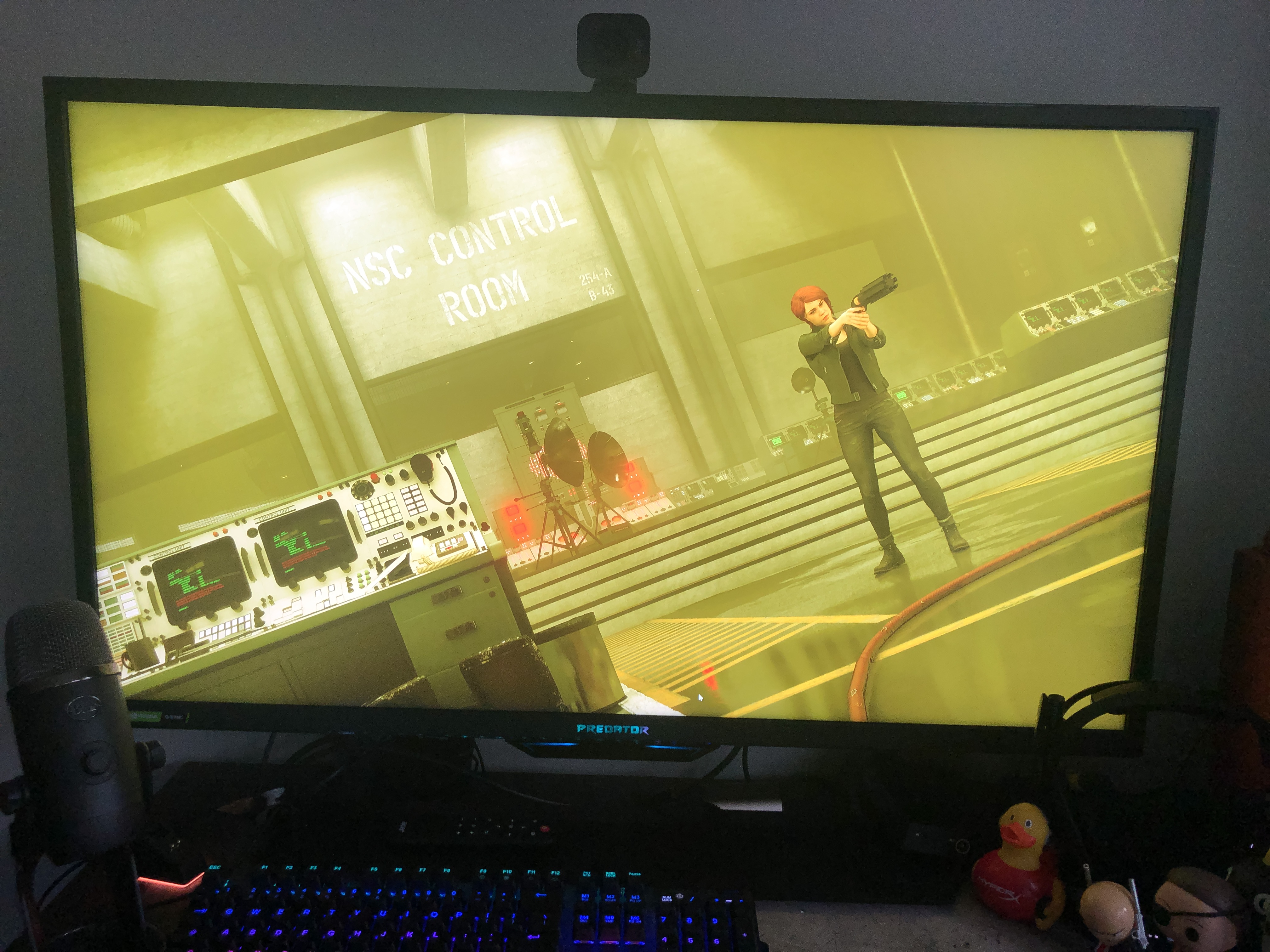
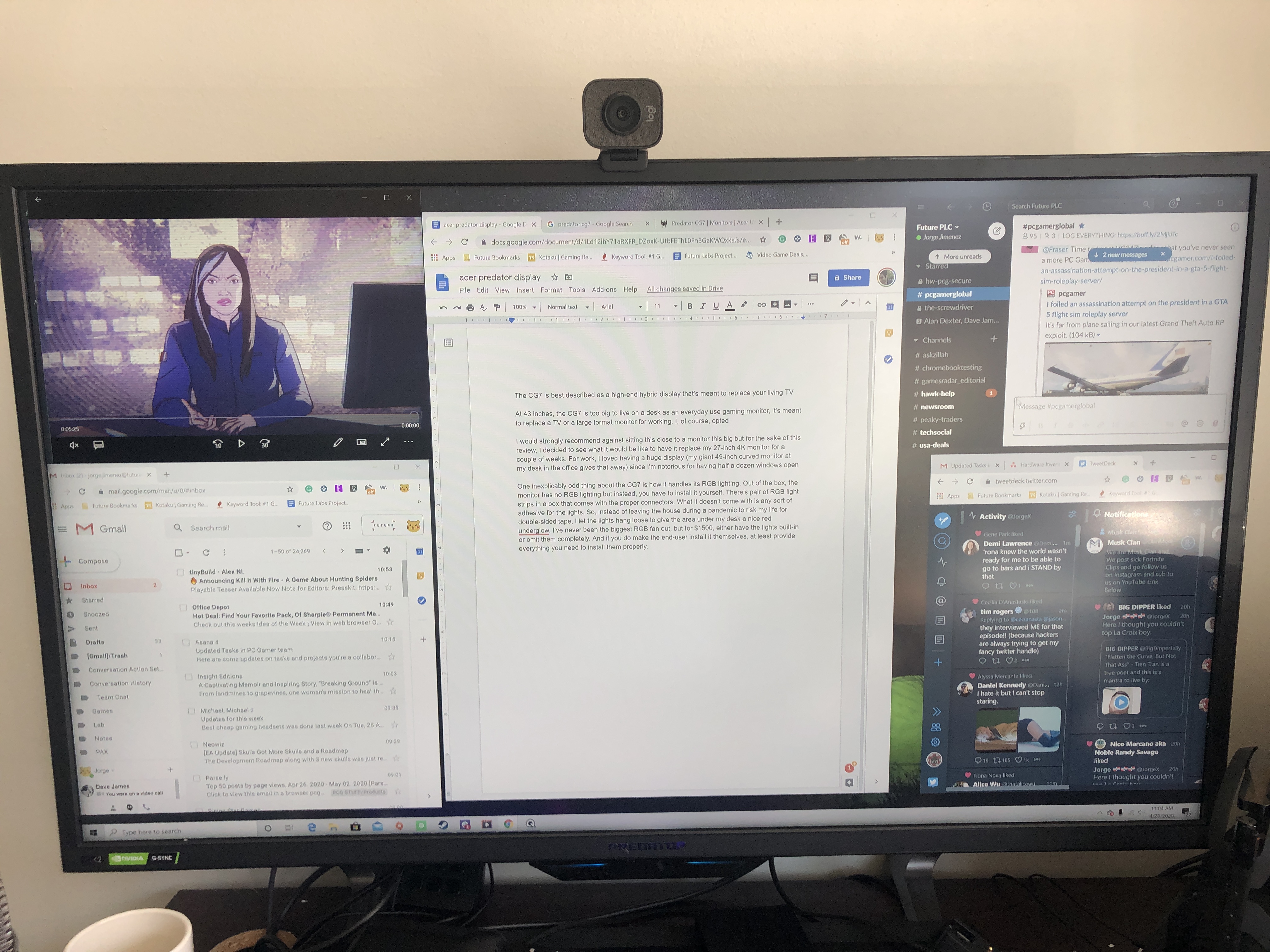
*Note* The 4K screens were too big for our CMS so they had to be compressed down in order to be posted. Trust me, they looked great. =/

For gaming, especially shooters, it was overwhelming. Trying to play Apex Legends with a keyboard and mouse was stressful, I had to continually move my head to scan every inch of the screen for potential threats. For my sanity (and for the sake of my eyes), I plugged in a controller and sat a few feet back, making the experience a lot more pleasant. It also made me appreciate how well the monitor handled gaming on both PC and console, despite a few technical hiccups. It's an adjustment, for sure, but sitting back and playing Gears Tactics writ large was one of the highlights of my time with the CG7.
It's overkill, and I'm all about that.
One of those aforementioned technical hiccups came from using the HDR for PC. I found that some games and apps had no issue displaying HDR content. You can set the HDR to automatic, so when compatible content hits the screen, the Acer Predator does its magic. Resident Evil 3 Remake and Gears Tactics are generally great to see HDR in action... but it seemed the monitor didn't like Resident Evil 3 nor did it get on well with Forza Horizon 4 either.
I did manage to get it working, but it took some doing, messing with settings on both the games and the monitor itself. Also, if you leave HDR on by default, you can't use features like the proximity, light sensor, or blue light filter. The consoles have an easier time as the CG7 was able to display 4K games and content with zero issues. I found that if I wanted to watch anything in HDR on Netflix, I just did it on the Xbox instead of the PC.
Now realistically, that's likely more an issue with the mess that is HDR on PC than anything to do with the monitor itself, but it just goes to show that if you're looking for a great HDR experience from your PC you've got to keep searching.
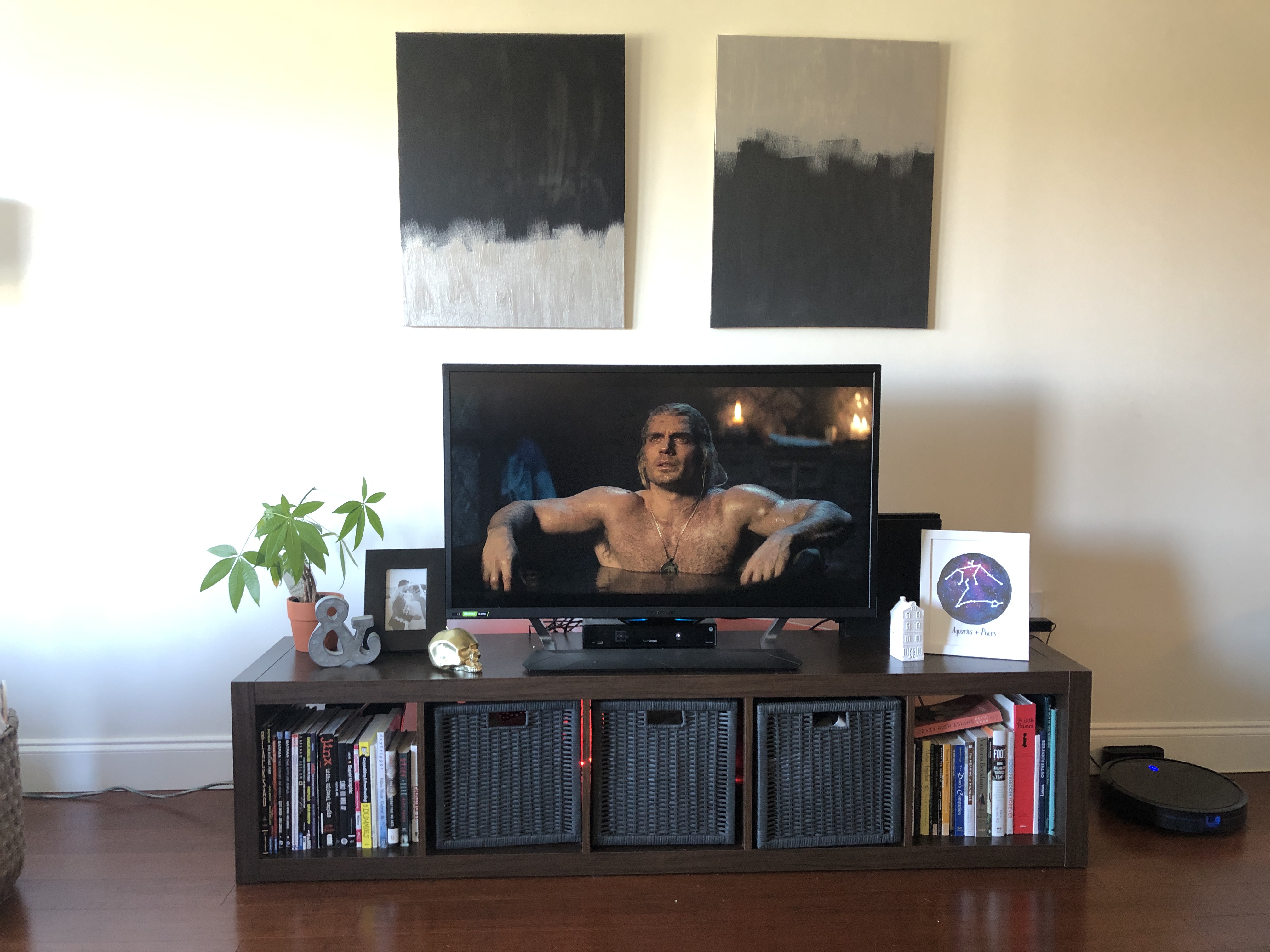

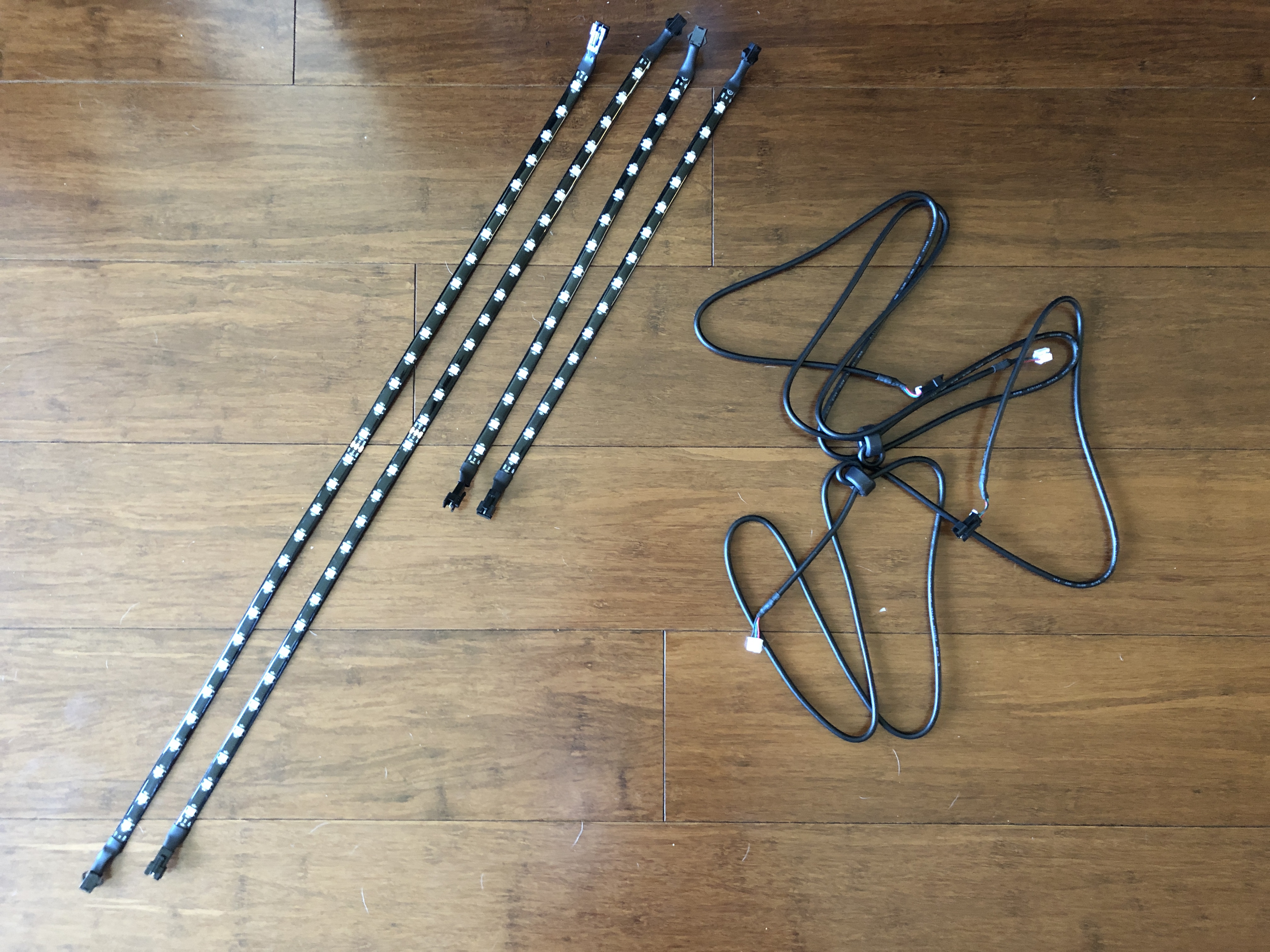
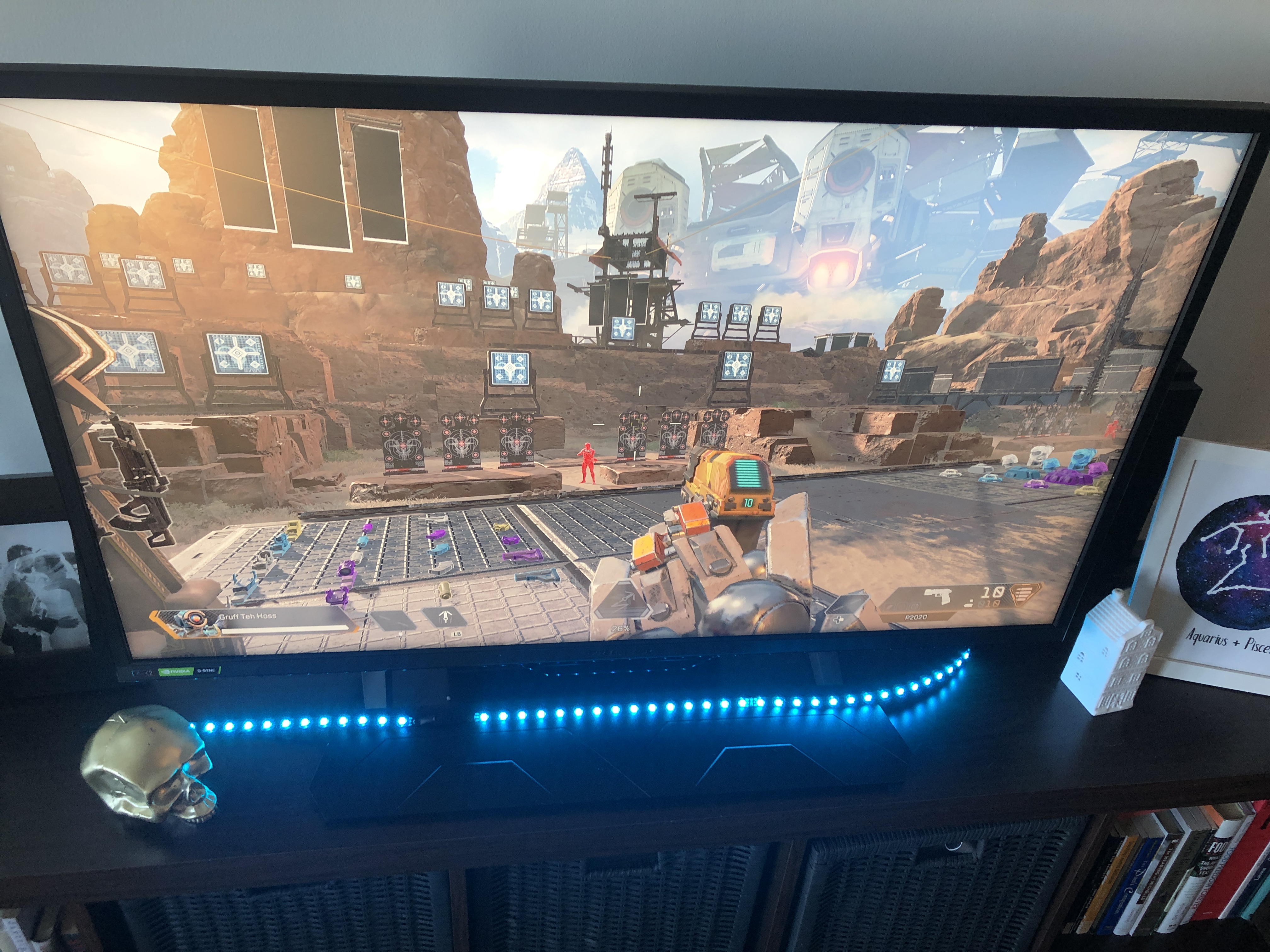

The two 10W speakers are nice and loud, if not a little muddy sounding. The lack of optical port and audio settings outside of mute and volume control make for some limited sound options. While CG7 has everything you want a killer gaming monitor, it lacks what you need to make it a killer TV.
Another inexplicably odd thing about the CG7 is how it handles its RGB lighting. Out of the box, the monitor has no RGB lighting; you have to install it yourself. There's a pair of RGB light strips in a box that comes with the proper connectors, but what it doesn't come with is any sort of adhesive for the lights.
So, instead of leaving the house during a pandemic to risk my life for double-sided tape, I let the lights hang loose to give the area under my desk a nice red underglow. I've never been the biggest RGB fan out there, but for $1,500, either have the lights built-in or forget them altogether. And if you do make the end-user install it themselves, at least provide everything you need to install them properly.
The CG7 falls into this weird category of being too big for a gaming monitor and too small for a living room TV. A bedroom set, for sure. But I'll leave it up to you to decide how to fit a monitor this size comfortably into your life if you're doing to drop $1,500 on this bad boy. While I had a good time with an obscenely large gaming monitor on my desk for a few weeks, the novelty did wear off.
If you have a PC powerful enough, the CG7 might be worth your time and money if you are looking for a large screen gaming monitor. If you are looking to replace your living room TV, however, the CG7 lacks the features and scale to take over your living room truly. You'll find decently priced 4K HDR TVs with gaming features for less money and with the same great picture. And no weird homebrew RGB lighting either.
Acer's large-format display has excellent picture quality and makes a great gaming monitor, but lacks the features to make it a great TV.

Jorge is a hardware writer from the enchanted lands of New Jersey. When he's not filling the office with the smell of Pop-Tarts, he's reviewing all sorts of gaming hardware, from laptops with the latest mobile GPUs to gaming chairs with built-in back massagers. He's been covering games and tech for over ten years and has written for Dualshockers, WCCFtech, Tom's Guide, and a bunch of other places on the world wide web.
